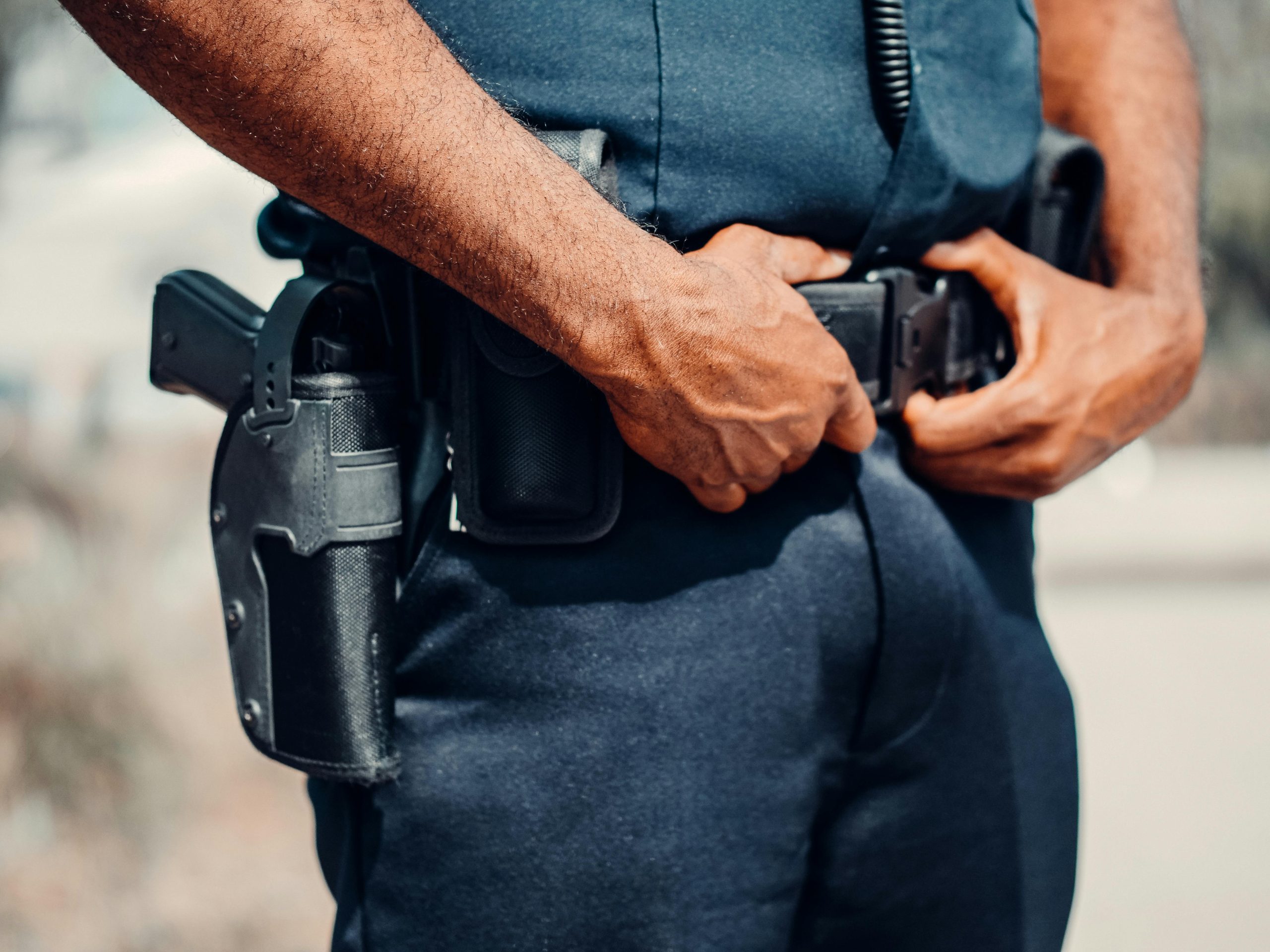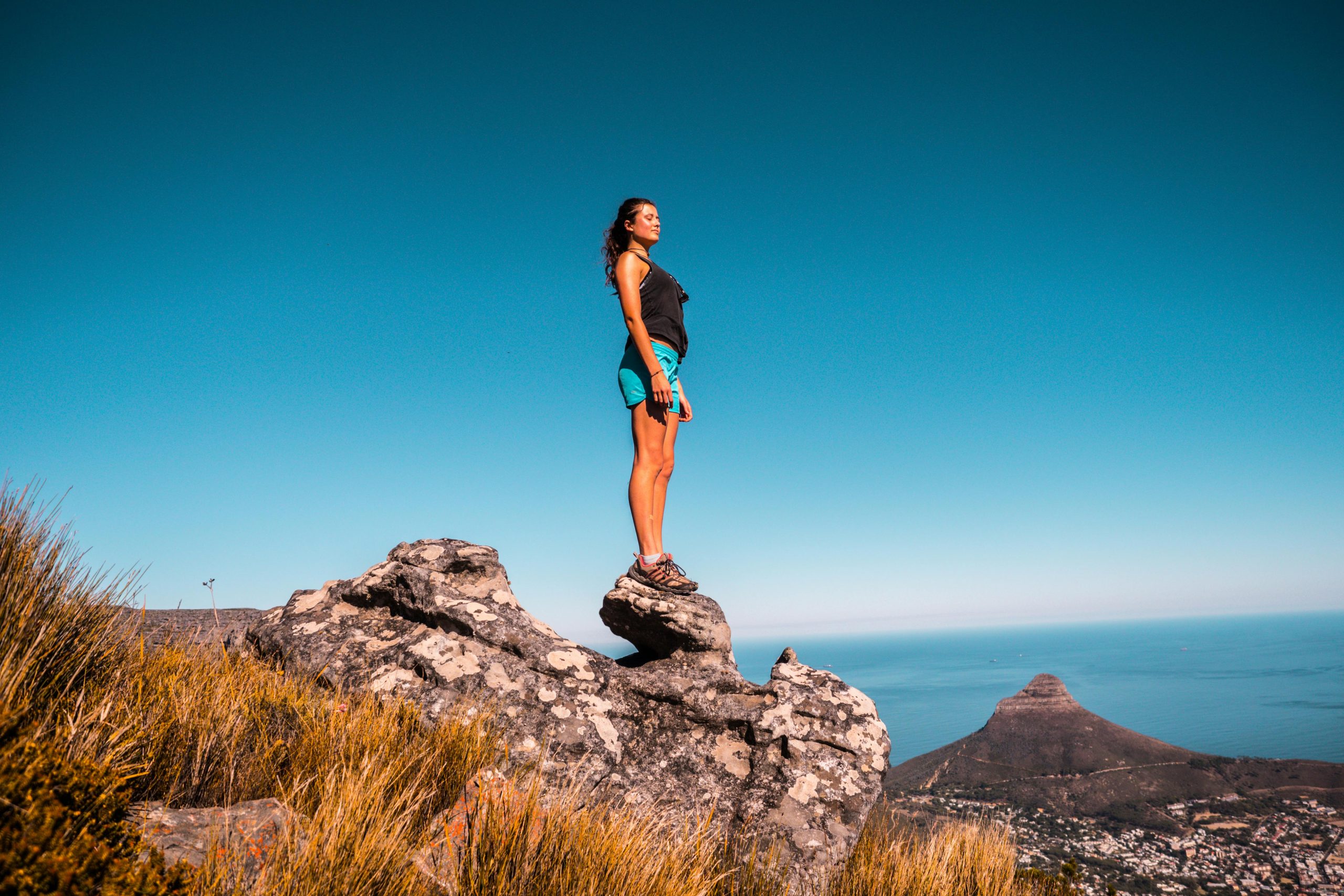How to Stay Safe While Traveling in South Africa in 2025
South Africa is a country of staggering natural beauty and profound cultural depth. From the wildlife-rich savannas of Kruger National Park to the cosmopolitan allure of Cape Town, it continues to be one of the most visited countries in Africa. But one question persists for many international travelers: Is it safe to travel to South Africa?
This guide will explore key safety considerations, regional risk differences, and how a mobile travel safety app like Travelsafe SOS offers instant emergency response across Southern and East Africa, minimizing exposure to risk and offering peace of mind to travelers, insurers, and next of kin.
Understanding the Safety Landscape
South Africa, like many dynamic countries, presents a mix of low-risk and high-risk environments depending on location, activity, and traveller behaviour. Issues such as petty crime, transport accidents, health risks, and occasional civil unrest can affect tourists, but these are typically localized and manageable with proper awareness.
Government travel advisories often emphasize situational awareness and encourage the use of registered guides and secure transport services. For seasoned travelers, this is not about avoidance, but preparation.
Regional Differences in Safety in South Africa
-
Low-Risk Tourist Areas
- Cape Town, the Garden Route, and Winelands
These are South Africa’s tourism jewels, generally safe for tourists who stick to known neighbourhoods, avoid walking at night, and use reputable transport and accommodation providers.
Incidents of violent crime are rare in tourist zones, and local tourism police are often present in areas like the V&A Waterfront.
- Kruger National Park and Private Reserves
These areas are secure and well-managed, offering fully guided safari experiences. Risks are more environmental (wildlife interaction, dehydration) than criminal. However, travelers driving to Kruger National Park should be aware of potential threats along the route. These include poor road conditions, unpredictable local driving behavior, and occasional incidents of opportunistic roadside crime. Breakdowns in remote areas can also present risks, particularly without mobile coverage. It’s advisable to avoid driving at night, use major highways where possible, and ensure your vehicle is in excellent condition before departure. Always keep emergency numbers and backup navigation tools accessible.
- Eastern and Northern Cape
Rural and scenic, these provinces offer cultural tourism and desert escapes with minimal safety issues. Transport distances and medical isolation are greater here, however.
Driving to Addo Elephant National Park is generally safe, especially via well-maintained routes from Port Elizabeth. However, travelers should stay alert for stray animals, potholes, and reckless driving, particularly on rural roads. Avoid traveling after dark, and keep windows up when passing through remote settlements. Ensure your vehicle is roadworthy, fuelled, and equipped with a spare tire. While crime is rare, always lock doors and keep valuables out of sight when stopping along the way.
-
Medium-Risk Areas
- Johannesburg (Sandton, Rosebank, Melrose Arch)
These upscale zones are relatively safe but require vigilance. Use hotel-recommended taxis and avoid flaunting valuables.
The real risk lies in peripheral urban areas and the downtown CBD, especially after dark. Do not walk alone, and ask your hotel for local advice on safety.
- Durban and KwaZulu-Natal North Coast
Popular for beaches and culture, Durban has both beautiful resorts and pockets of crime, especially around nightclubs and transport hubs.
-
High-Risk Regions for Travelers
- Townships without Guides
While guided cultural tours of townships are enriching and safe, exploring these areas independently is not recommended due to socioeconomic stress and crime.
- Rural Border Zones (especially near Zimbabwe, Mozambique)
Cross-border crime and poor infrastructure make self-driving in these regions more hazardous.
- Unregulated Transport Hubs
Informal taxi ranks and intercity minibus services carry higher safety and security risks due to reckless driving and theft.
Types of Travel Risks in South Africa
Understanding the most common risk scenarios will help you make informed decisions before and during your trip.
-
Petty and Opportunistic Crime
Theft from vehicles, pickpocketing, and bag snatching are the most common traveler complaints. These typically occur in crowded markets, downtown zones, or when leaving valuables unattended on beaches. Avoid public ATMs at night and never leave luggage in rental cars.
-
Health and Medical Emergencies
South Africa has excellent private hospitals, but access in remote areas can be limited. Risks include:
- Vehicle collisions on rural roads
- Animal bites or stings in safari zones
- Dehydration and heat exhaustion
- Chronic condition flare-ups
Having a plan for immediate medical evacuation is vital—especially when deep inside game reserves or isolated coastal regions.
-
Road Safety and Transport
South Africa has a high rate of road accidents, often due to reckless driving, wildlife crossings, or poor signage. Self-driving is common among tourists but requires experience with local road conditions.
Hiring a private driver or pre-booked transfer reduces risk significantly. If you are on your own, an emergency travel app will give the confidence to explore further, knowing you are in safe hands.
-
Civil Unrest and Load Shedding
Protests can erupt with little warning and occasionally disrupt transport, especially near township areas or in major cities.
Additionally, load shedding (scheduled power cuts) affects traffic signals, lighting, and some mobile networks, leading to indirect safety risks.
How a travel emergency app like Travelsafe SOS Minimizes Your Travel Risk
When emergencies strike, rapid and professional intervention saves lives. That’s where Travelsafe SOS steps in.
-
Real-Time Emergency Monitoring
Once activated on your mobile device, the Travelsafe SOS app provides continuous location-based monitoring. If you find yourself in an unsafe zone or trigger the emergency alert, your coordinates are instantly sent to the 24/7 control center.
-
Immediate Human Response
Your emergency is not handled by a chatbot or automated system. A trained human responder will call you, assess the situation, and guide you through the next steps. Whether it’s a roadside breakdown in Limpopo or a health emergency in the Okavango Delta, a coordinated plan is implemented and help deployed.
-
Instant Alerts to Your Insurer, Travel Agent, and Next of Kin
In a medical or security emergency, time is critical—not just for you, but for the people who need to know.
- Your insurer is contacted to fast-track approvals
- Your travel agent is informed to rearrange logistics
- Your next of kin is alerted with location and status
- You will be hand held by a qualified responder on the phone and guided through your emergency
No more frantic emails or disconnected calls; or searching the web in a country you are unfamiliar with to find help. The app automates this with precision and care.
-
Your Whole Travel Party is covered
- If each member of your group, family or travel party has the app installed everyone is more autonomous and independent.
- Parents may be enjoying a meal at the V&A Waterfront and the teenagers are e-biking down the Sea Point Promenade. In the event of an emergency, they can activate the app and help will get to them quickly.
- All group or family members can move and explore freely, knowing that they are covered in the event of an emergency
Travel Safety = Travel Confidence
Peace of mind isn’t just about avoiding trouble—it’s about knowing you’re covered if something happens. For travelers from the US, UK, or Europe—especially solo travelers, families with children, or older tourists—the value of preparedness cannot be overstated.
Here’s why travelers are embracing safety tech:
- Insurers are more likely to approve your coverage when real-time support is in place. This may also impact on reduced policy rates for your travel insurance.
- Tour operators gain your trust by offering clients a secure travel environment. The app and its services get added onto your travel package at a nominal fee.
- Family members back home feel reassured knowing someone’s watching over you. They will be informed as soon as an incident occurs.
Case Examples: Why the App Makes the Difference
Case 1: A Roadside Incident in Mpumalanga
A couple on a self-drive safari hit a pothole, damaging their suspension near the Panorama Route. On stopping they are approached by a group of locals and they immediately start to feel uncomfortable with the situation. They may be out of mobile range and unsure of the exact location, so they hit the SOS button. The control center used GPS data to locate them, dispatched a security company immediately, and coordinated their overnight stay nearby.
Case 2: Sudden Illness in the Kalahari
A traveller developed severe chest pain while staying at a remote lodge in the Kgalagadi Transfrontier Park. Within minutes of alerting Travelsafe SOS, a medevac chopper was authorized and launched while the traveller received instructions from the app’s responder. Before emergency responders arrived a trained paramedic guides you through CPR and a life is saved.
Case 3: Protests in Johannesburg CBD
A solo traveler booked at an Airbnb in downtown Johannesburg was unaware of a large protest taking place that day with civil unrest. The app was activated and TravelSafe SOS organised arranged a private transfer to a safer suburb within the hour.
Southern and East Africa: One Connected Safety Net
Most travelers to South Africa will also explore neighbouring countries—whether combining Cape Town with Victoria Falls, or Kruger with Vilanculos in Mozambique. The good news is, TravelSafe SOS doesn’t stop at the border. On-the-Ground Responders Across Southern and East Africa
From Cape Town to Nairobi, the Travelsafe SOS network includes medics, security teams, air evacuation services, and trauma counsellors are there for you.
It follows you across all regions with internet or cell phone access:
- Zambia and Zimbabwe
- Botswana, Namibia and Malawi
- Kenya & Tanzania including Zanzibar
- Mozambique
- Indian Ocean Islands – Madagascar, Mauritius and Reunion
- Uganda
No need to change providers or juggle multiple policies. The same app covers you through it all, and the response in an emergency will be the same. The nearest medical or security service provider will be dispatched within a few minutes. You will be called and given sound advice, based on your situation. You will be kept in the loop on the arrival of dispatched emergency personnel. And if you need urgent medical advice a qualified paramedic will hand hold you till services arrive.
Travel Smart, Stay Safe. Peace of Mind
So, is it safe to travel to South Africa in 2025?
The answer is yes—with informed planning and the right support tools. While safety challenges do exist, they are highly localized and manageable with preparation, alertness, and trusted emergency response mechanisms.
By using a travel safety app like Travelsafe SOS, you not only reduce exposure to risk but gain an entire support system that travels with you. This isn’t just travel—it’s smart, secure, stress-free exploration.
Take Control of Your Journey
Don’t leave your safety to chance.
Download Travelsafe SOS before your trip to South Africa or anywhere in Southern and East Africa. Whether you’re hiking in Drakensberg, sipping wine in Stellenbosch, or diving off the Bazaruto coast, help is just one tap away.
Protect yourself. Reassure your family. Travel fearlessly and know we have you covered.
Find out more at:
https://travelsafesos.com



